This story discusses suicide and could be upsetting to some people. Contact details for support services can be found at the end of this story.
Suicide rates in New Zealand have remained unacceptably high since declines in the 1990s, despite a decade-long prevention plan and strategy.
The figures are so high that suicide is the third highest cause of death after heart disease and lung cancer.
So what will stop New Zealanders taking their own lives at such appalling rates?
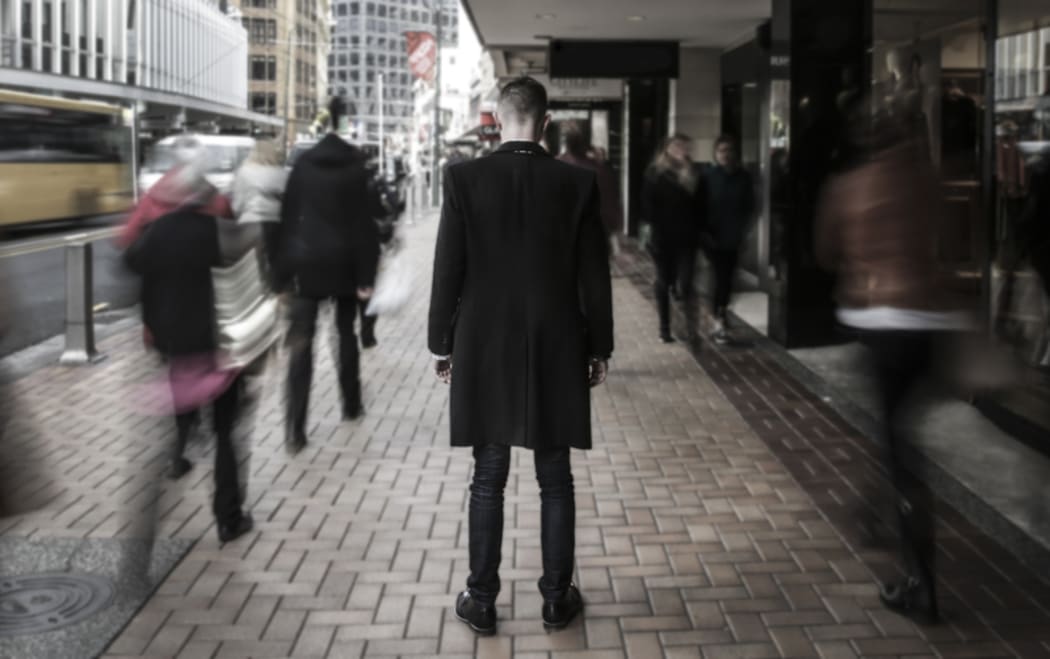
In 2013, Suicide was the third highest cause of death in New Zealand. Photo: RNZ / Rebekah Parsons-King
Joshua Simmons raced into the gym during a break between IT contract jobs, kit bag over his shoulder. The boxing and martial arts centre became his second home earlier this year as he ground through weeks of training to be ready for a charity boxing match to raise funds for Key to Life, a charitable trust that has a long-term goal of zero suicide in New Zealand.
But, for Joshua, this wasn't entirely a random act of charity. He'd already fought his way back from a very dark place, only months earlier, and was now determined to speak about his experience to help others break out of that sense of isolation.
"Last year, when I got out of a long-term relationship, one of hardest things was coping with what you are going through and never having experienced those emotions before. It didn't matter what was going on in your life or those other good aspects, all you could think about was the negative. Everything kept going down and down and getting worse and worse."
Sitting down cross-legged in the bright blue padded training area, he described the continued effort to meet social obligations to "fit into the norm".
"There's that stigma, I suppose, you want to talk about your feelings but you [feel] you shouldn't. Especially as a man, you've got that expectation that you shouldn't feel emotions; that you should just be this rock."
His gaze became more fixed as he recalled the night when he reached a crisis. There was one point where the police were called out, and they were looking for him all night.
"I just drove off, thinking there was no point in going on and wanting to end the pain, but then you calm down and start to think and I was thinking about my daughter and the ramifications if I was to kill myself and then she wouldn't have a dad."
Time with a counsellor, help from a GP for insomnia and a flatmate who treated him as "just a normal person" all helped him turn the situation around.
Joshua is anything but alone in reaching that point of desperation.
Provisional figures released by the Chief Coroner (PDF, 981KB) indicate 564 people took their own lives in the year 2014/2015, the highest number in the eight years that the figures have been released.
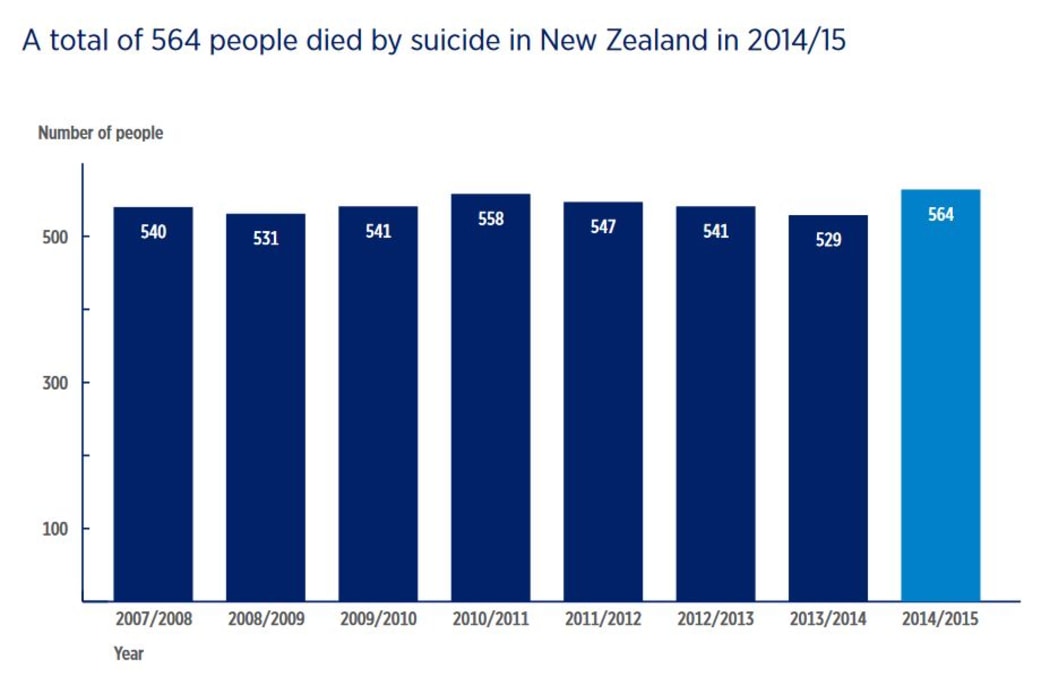
Photo: Ministry of Justice
The most recent finalised statistics from the Ministry of Health show that in 2012, just over 3000 people were treated in hospital after a suicide attempt, having seriously harmed themselves. In 2011, New Zealand's youth suicide rate was the second highest in the OECD.
The World Health Organisation considers many deaths from suicide are preventable - and there are programme leaders, coordinators and volunteers here which feel they are beginning to make a difference.
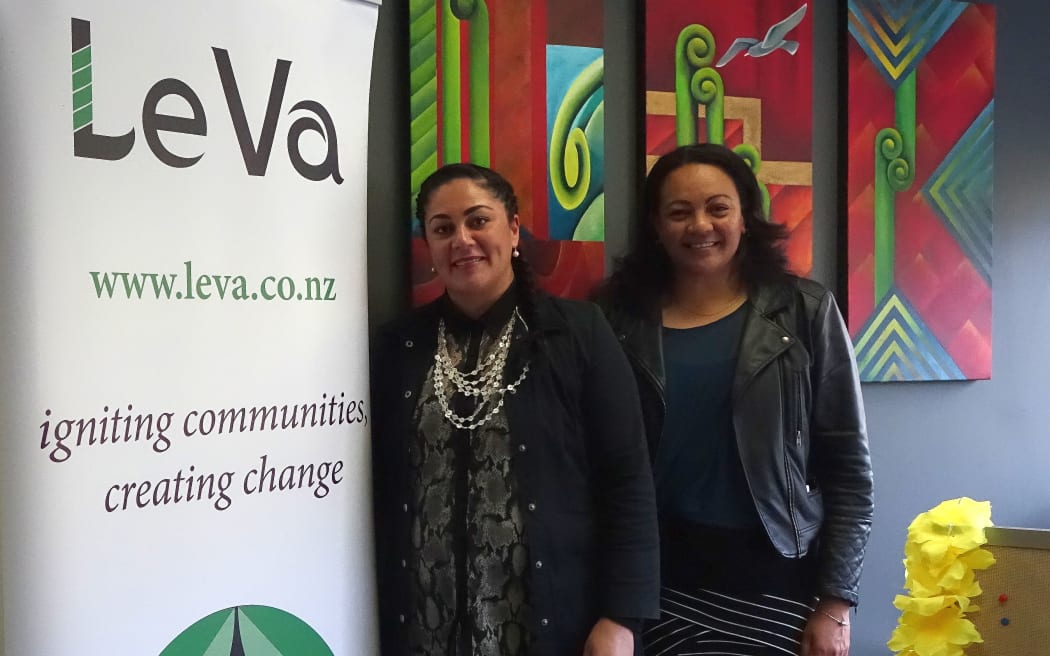
Le Va's Dr Monique Faleafa and Leilani Fina'i Clarke are both positive that changes are being made to improve suicide resilience in Pasifika communities. Photo: RNZ / Philippa Tolley
Le Va, based in south Auckland, leads the suicide prevention strategy for Pasifika communities around New Zealand. Its chief executive, Dr Monique Faleafa, is enthusiastic about changes she can see in the communities she works with. It may seem like a small step but a willingness to speak about suicide is, for her, a big shift.
"What I can see and hear and feel in Pasifika communities is a sense of readiness to address the situation and while that doesn't seem like we've come far, that tapu, sacred area of talking about suicide now is on the table to discuss."
For her colleague, Leilani Fina'i Clarke, helping to save lives isn't just theoretical. She lost a daughter to suicide over three years ago and wants to make sure her communities have the knowledge about risks and ways to help that she didn't have when her own child was in need.
What she knows only too well is the stigma that is attached to suicide. That's why that readiness to talk is so important to break down traditional responses. "That blame, shame and stigmas is really thick in communities but profoundly concentrated in Pacific communities," she said.
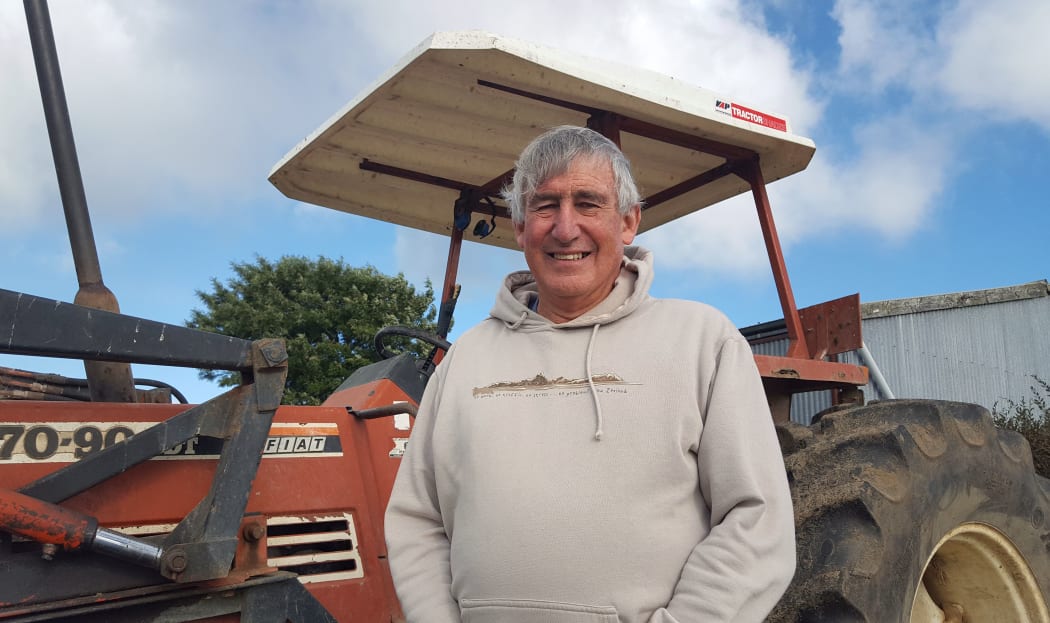
Neil Bateup, the chairman of the Rural Support Trust for the Waikato, Hauraki and Coromandel, says dairy farmers are feeling the strain. Photo: RNZ / Andrew McRae
Neil Bateup, meanwhile, runs a dairy farm and 650 cows in Te Hoe in Waikato and is the chairman of the Rural Support Trust for the Waikato, Hauraki and Coromandel.
He said calls to the trust suggested that, with the downturn in dairy prices, many farmers were feeling the strain. Financial stress was really the big one, he said.
"Financial stress plays itself out in all different ways; it can be relationship problems, it can be relationships between the farmer and staff, in some cases the farmer has had to let staff go, so they are actually working harder themselves ... and in behind all that is the fact that farmers do work on their own a lot and they don't have a big support network around them."
Mr Bateup said, given all those factors, the situation could build on itself and it was important farmers sought help.
New suicide prevention plan on the way
While awareness of risk factors is increasing, and changes are being seen in some of the most vulnerable groups, the overall figures remain depressingly unchanged.
After a drop in rates in the late 1990s, the number of people who take their lives every year has remained at a relatively static level even though prevention programmes and strategies have been in place for more than a decade - and have an end date of this year.
In the run-up to the Australian election, the National Association of Psychiatrists supported calls by other mental health organisations to reduce that country's national suicide rate by 10 percent by 2020 and by 50 percent by 2026. No such plans are in the offing here.
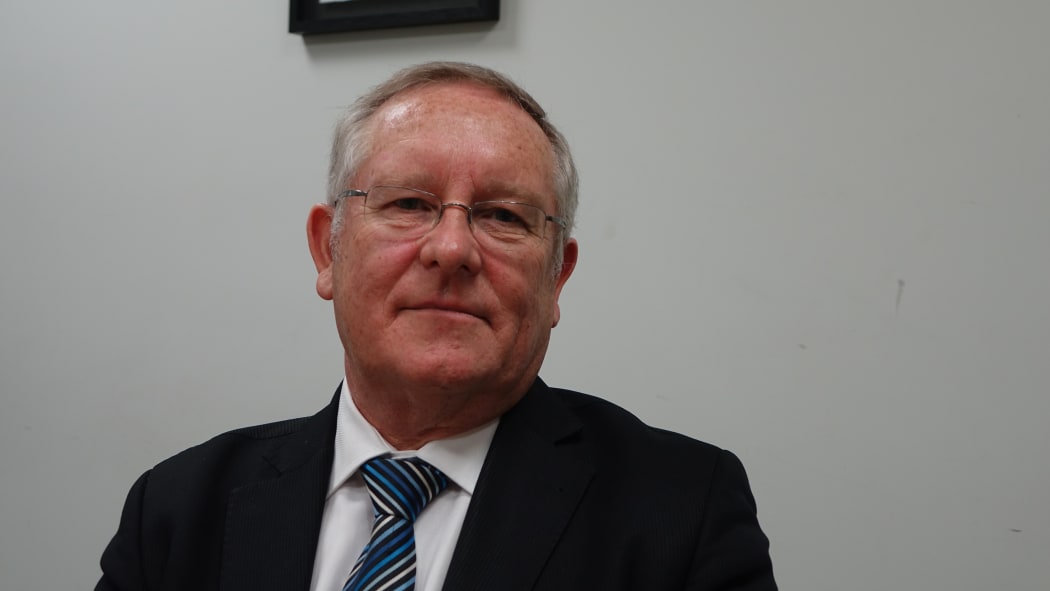
Director of Mental Health Dr John Crawshaw says New Zealand now needs a more systematic approach to suicide reduction. Photo: RNZ / Philippa Tolley
New Zealand has done the "immediate and easy" to drive down the suicide rates, according to the Director of Mental Health, Dr Jon Crawshaw.
"We're now getting into the heavy duty and tough stuff and looking at a much more systematic approach. Talking about suicide prevention without looking at the wider social and justice sector intervention programme becomes unhelpful," he said.
The two main current policies, the Suicide Prevention Strategy and the Suicide Prevention Action Plan, both come to an end this year. But timing for the new framework is still some time off, although elements of the two previous policies will continue, as will more recently introduced initiatives at district health boards.
It was better to get it right than to rush, Dr Crawshaw said.
If you would like help, here are some options:
- Lifeline: 0800 543 354 - available 24/7
- Suicide Crisis Helpline: 0508 828 865 (0508 TAUTOKO) - available 24/7
- Youthline: 0800 376 633
- Samaritans: 0800 726 666 - available 24/7
- Kidsline: 0800 543 754 - available 24/7
- Whatsup: 0800 942 8787 - 1pm to 10pm weekdays, 3pm to 10pm weekends
- Depression Helpline: 0800 111 757 - available 24/7
- Rainbow Youth: (09) 376 4155
If it is an emergency and you feel like you or someone else is at risk, call 111.

